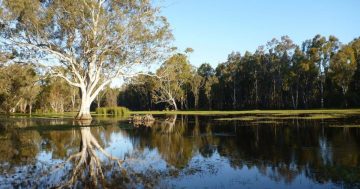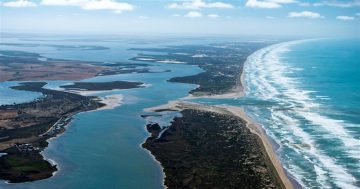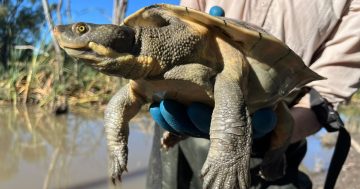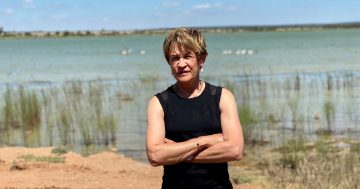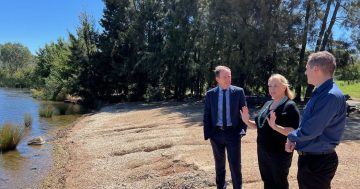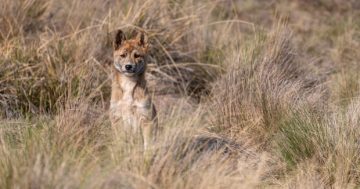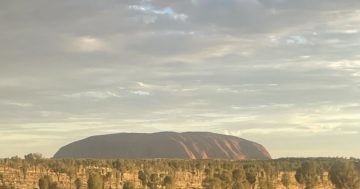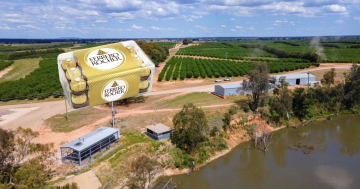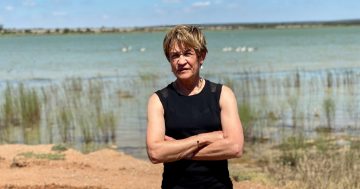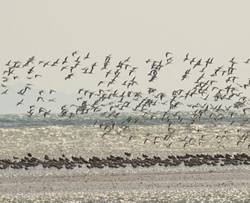 The Australian Nuclear Science and Technology Organisation (ANSTO), has joined up with the University of NSW (UNSW) and hundreds of citizen scientists, to declare their research reveals the importance of the Murray-Darling Basin for Australia’s waterbirds.
The Australian Nuclear Science and Technology Organisation (ANSTO), has joined up with the University of NSW (UNSW) and hundreds of citizen scientists, to declare their research reveals the importance of the Murray-Darling Basin for Australia’s waterbirds.
ANSTO said the environmental study and research Report, Using feathers to map continental-scale movements of waterbirds and wetland importance, had brought greater understanding of the movement of birds between all of Australia’s major water basins and the importance of the Murray-Darling River Basin.
It said about 200 citizen scientists from wetland areas across Australia sent in moulted feathers between March 2016 to June 2018 as part of the Feather Map of Australia Project.
Researcher at the UNSW and lead scientist of the Project, Kate Brandis, who was also affiliated with the ANSTO at the time of the study, said the feathers were analysed using x-ray fluorescence scanning for the signatures of elements that provided an alternative method of tracing the movements of many species of water birds, as well as providing information on diet and animal health.
Dr Brandis said it was believed to be the first time that elemental signatures measured using this technique had been used to determine movement patterns in birds.
She said each feather was linked to one of 12 established river basins, while the research also found strong evidence of mass continental-scale movement of nomadic waterbirds between river basins.
“Some feathers were found thousands of kilometres away from where they were predicted to have been grown and shed by the birds,” Dr Brandis said.
“More than 60 per cent of the feathers matched the elemental signature of the Murray-Darling basin, reinforcing the importance of the Murray Darling Basin to Australian waterbirds.”
She said the results highlighted the importance of preserving and caring for the wetlands.
“Ensuring that wetlands are protected, and understanding how to properly manage the water resource in those wetlands and where the birds travel, is crucial to the conservation of the environments where they nest, feed and roost,” Dr Brandis said.
“The information is critical in informing conservation and water policy for Australia to improve the conservation and management of the wetlands and wildlife species habitats.”
The nine-page research Report, published in Conservation Letters, a journal of the Society for Conservation Biology, can be accessed at this PS News link.


